Woodland birds are facing an accelerating decline in the UK, with species at risk of extinction if the government does not act, experts have said.
Data released by the Department for Environment, Food and Rural Affairs (Defra) has revealed that almost all bird types are reducing in abundance, despite years of warnings from nature bodies that action needs to be taken to protect habitats and save species.
Bird campaigners have warned that urgent measures must be taken to “bend the curve” of nature loss.
Faring the worst are woodland birds. Their indicator of abundance has fallen by 37% since 1970, and by 15% in just the past five years, which suggests an accelerating decline. In general, bird indicators have fallen by 6% in the past five years and 15% since 1970. In the last five years just three species in the woodland bird group have increased – blackcap, nightingale and nuthatch – but 23 have declined.
The government said factors causing woodland bird decline included increased deer browsing pressure, which reduces habitats for foraging and nesting. Removal of hedgerows and the cutting down of woodland, removing habitat, are also driving declines. Defra said that restoring woodland would have a positive impact on species.
Prof Richard Gregory, the head of monitoring at the RSPB Centre for Conservation Science, said: “Setting aside the seabirds, which have only been partially updated, all the bird trends are dipping downwards, most prominently among woodland birds.
“In the last five years, the index dropped by 15%; only three birds in the indicator have increased, compared to 23 that have declined. A range of factors weigh down on woodland birds and bird populations more generally, related primarily to land use and climate change.
“Willow tits prefer scrubby, often wet, woodlands with lots of variety so a decline in active woodland management over many years, with burgeoning deer populations browsing out the lower vegetation, means we are losing the scrubby under-storey they need, and added to that our soils are drying out with climate change, and woods are becoming more and more fragmented with development pressure.
“A similar set of factors are implicated in the downturn of the lesser spotted woodpecker, a bird that needs mature, open and varied woodland, and lots of it in the landscape scale. In this case, the reasons for decline are less clear, low breeding productivity due to food shortage has been suggested, as well as climate change impacts, competition with the larger great spotted woodpecker and increased nest predation, but their demise remains something of a mystery.”
More work needed to be done to boost farmland birds, experts said, because although their recent decline is less pronounced than woodland species at 8%, they have faced a 60% drop since 1970.
Vanessa Amaral-Rogers from the RSPB said: “Although the steepest rate of decline in the indicator was in the 1980s, it continues to this day, with a decline of 8% in the indicator in the last five years. This is not a situation without hope, however, with good evidence that well-designed and targeted higher tier agri-environment schemes can allow farmers to support species’ recovery alongside productive farming. Nevertheless, the best evidence suggests that in order to halt and start to reverse declines in the farmland bird indicator these schemes would need to be implemented on a much wider scale.”
The RSPB said there was some reason for hope, as without conservation efforts made by charities it was likely that declines would be steeper.
It added that some birds which were too rare to be included in the indicators, those which had fewer than 500 pairs such as the bittern and white-tailed eagle, were having great success, so conservation efforts were boosting some of the very rarest birds in the UK.
Gregory said: “Report after report tells us that nature can’t wait. We have the knowledge to turn things around, but evidence shows that our actions must be scaled up considerably to be effective and bend the curve of nature loss. We need the UK government to act urgently on its commitments to address wildlife decline, and for all politicians to stand up for nature while there is still time.”
A Defra spokesperson said: “Under the Environmental Improvement Plan, we set out clear steps to halt the decline in species abundance by 2030 and improve the status of wild birds and other species which play an important role in our ecosystems.
“We are already taking robust action to reduce key pressures on wild birds and improve their habitats. For example, our targeted species recovery efforts have helped to improve the conservation status of species such as the curlew and bittern – but we do not underestimate the scale of the challenge ahead.”
Source : The Guardian



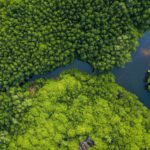

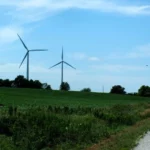


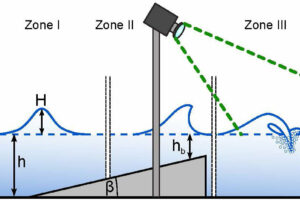
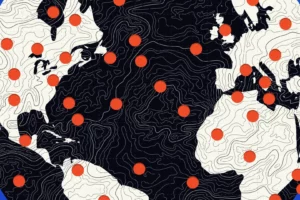
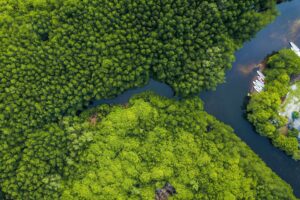
Add Comment